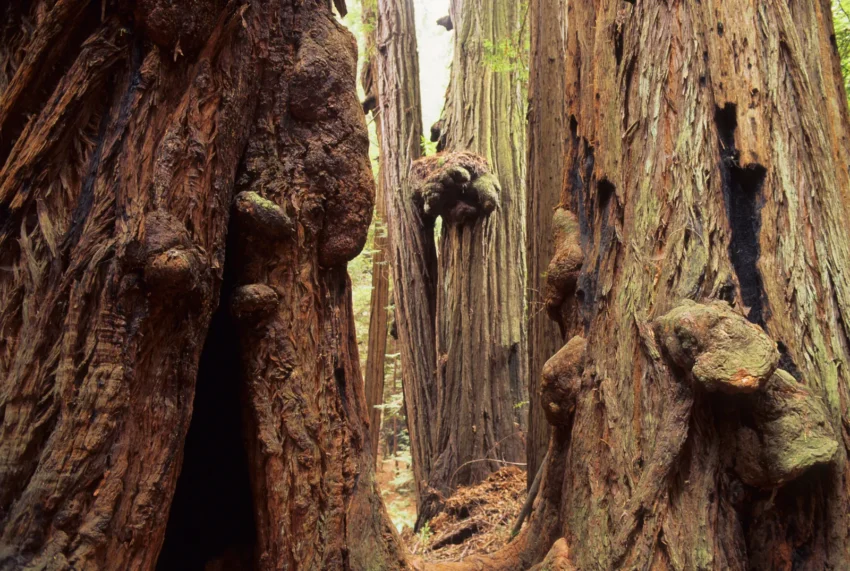Say “swamp,” and most people picture a soggy, muddy, bug-filled bog that nobody would want to explore. That image might’ve scared some folks away from Congaree Swamp National Monument—a vast 22,000-acre forest in South Carolina.
But after it became a national park in November 2003 (and ditched the unflattering “swamp” from its name), visitor numbers shot up.
Technically, Congaree isn’t even a swamp since it doesn’t stay waterlogged year-round. Instead, it’s a floodplain forest that gets submerged about ten times a year. Stretching northeast from the winding Congaree River, this land holds the biggest stretch of untouched bottomland hardwood forest in the U.S.
Peel back the eerie Spanish moss hanging from bald cypress trees, and you’ll step into a lush wilderness teeming with bobcats, deer, and playful river otters. Yellow-bellied sapsuckers drill tiny holes into trees one day, then come back the next to lap up the sap. The quick, rhythmic tapping you hear? That’s one of the park’s many woodpeckers, busy carving into bark.

Come fall or spring evenings, rangers guide visitors on “owl prowls,” where you can listen to the haunting calls of barred owls and spot glowing fungi on the cypresses. Local legends say the cypress “knees”—those knobby little growths around the base—are actually wood elves that come alive at night to dance through the forest.
The park’s name honors the Native American tribe that lived here centuries ago. Tragically, they were wiped out in the 1700s by smallpox brought by European settlers.
By the late 1800s, the booming lumber industry set its sights on Congaree’s massive hardwoods. Luckily, the area’s remoteness and lack of easy river access spared most of these ancient trees.
Conservationists fought to protect the rest, and in 1976, Congress made it a national monument. Since then, the park has also been named a national natural landmark, a vital bird habitat, and an international biosphere reserve.
How to Get There
It’s 20 miles southeast of Columbia. Take I-77 to Bluff Road or S.C. 48, then follow signs to Congaree National Park.
When to Go
Any time of year, but spring and fall are nicest. For easier paddling, visit after winter or early spring rains.
How to Visit
Plan at least half a day. Start at the visitor center and walk the Low and High Boardwalk Trails (2.4 miles total). Then take the Weston Lake Loop Trail (4.4 miles) around the oxbow lake. Birdwatchers love the remote 11.7-mile Kingsnake Trail.
